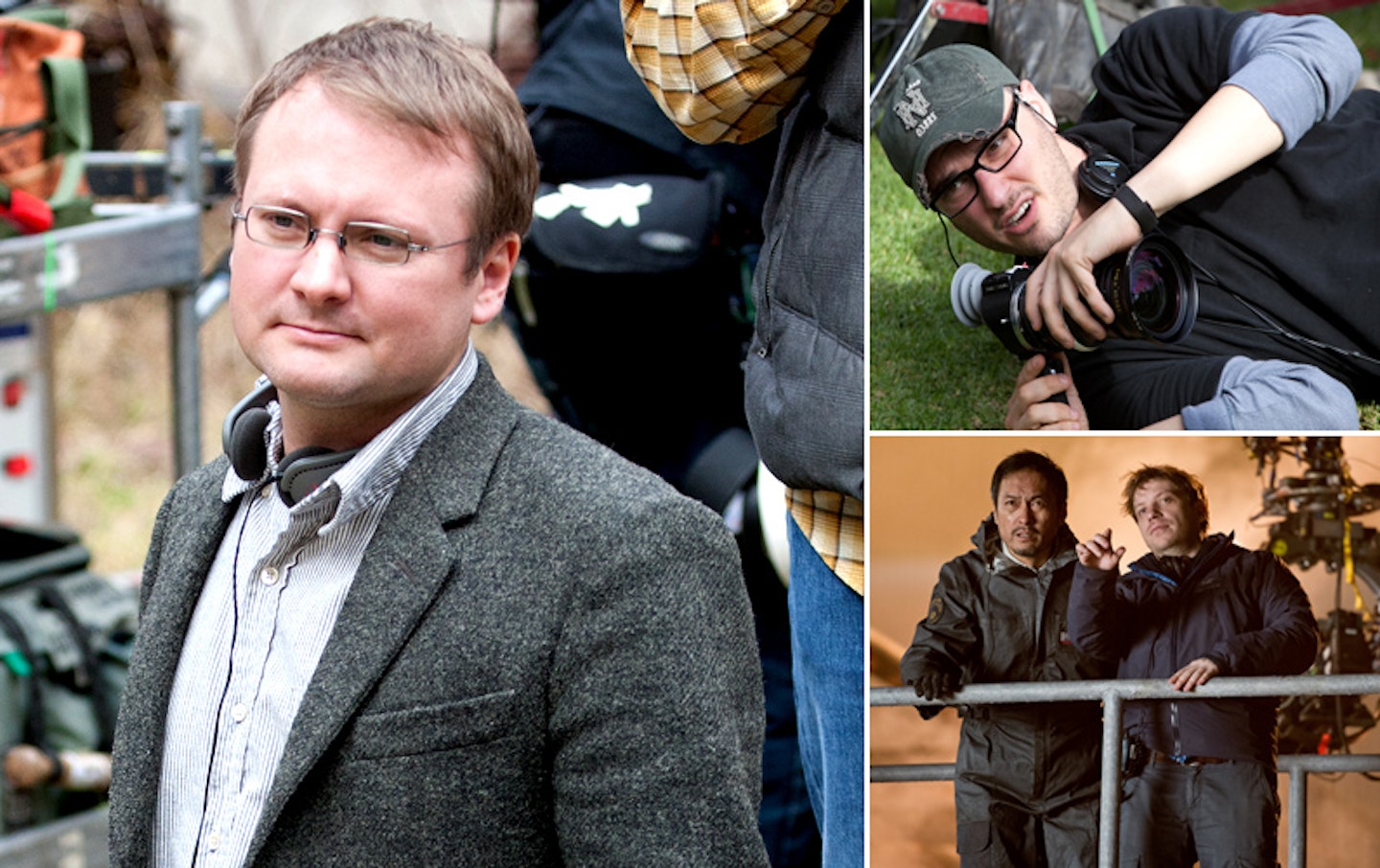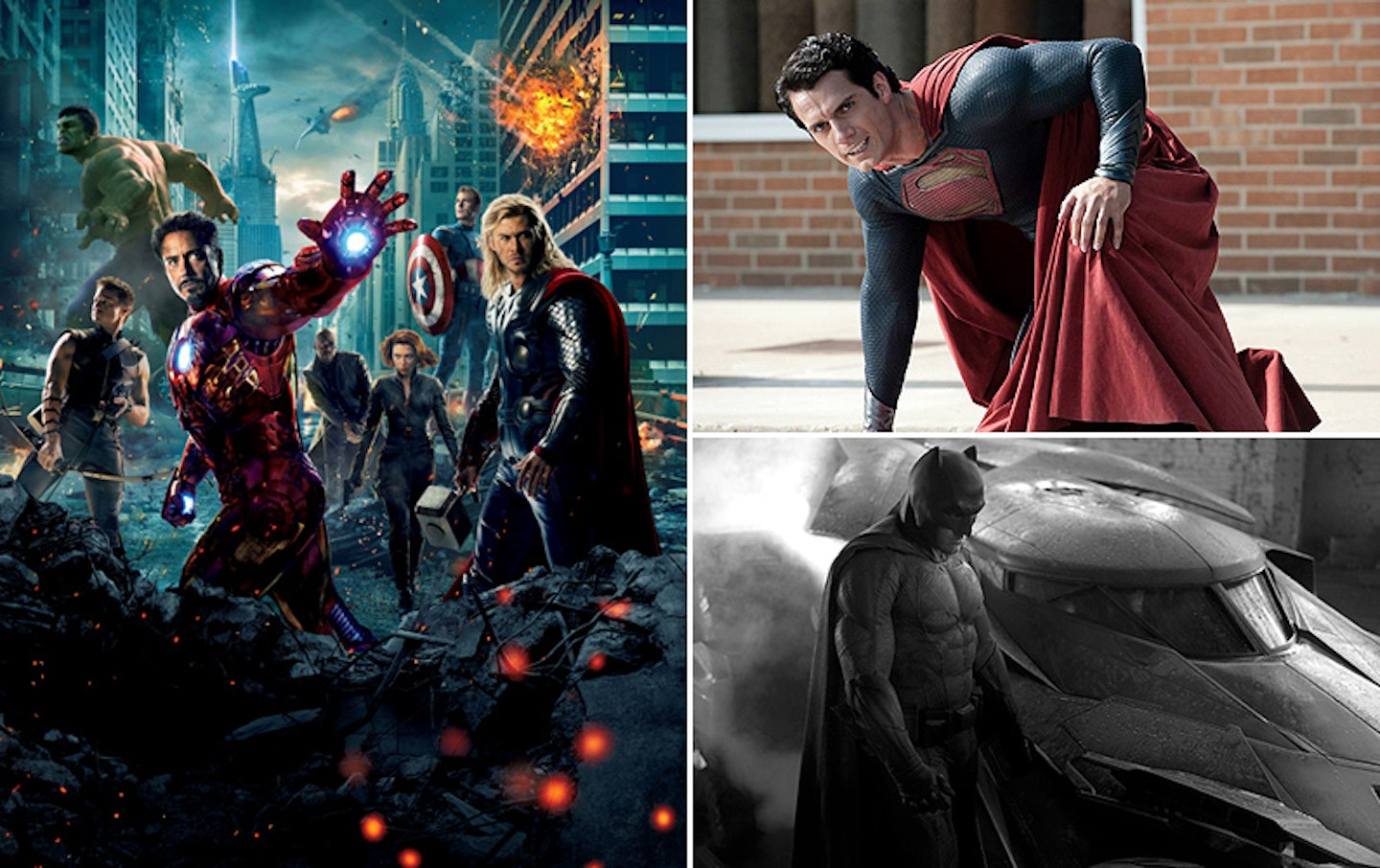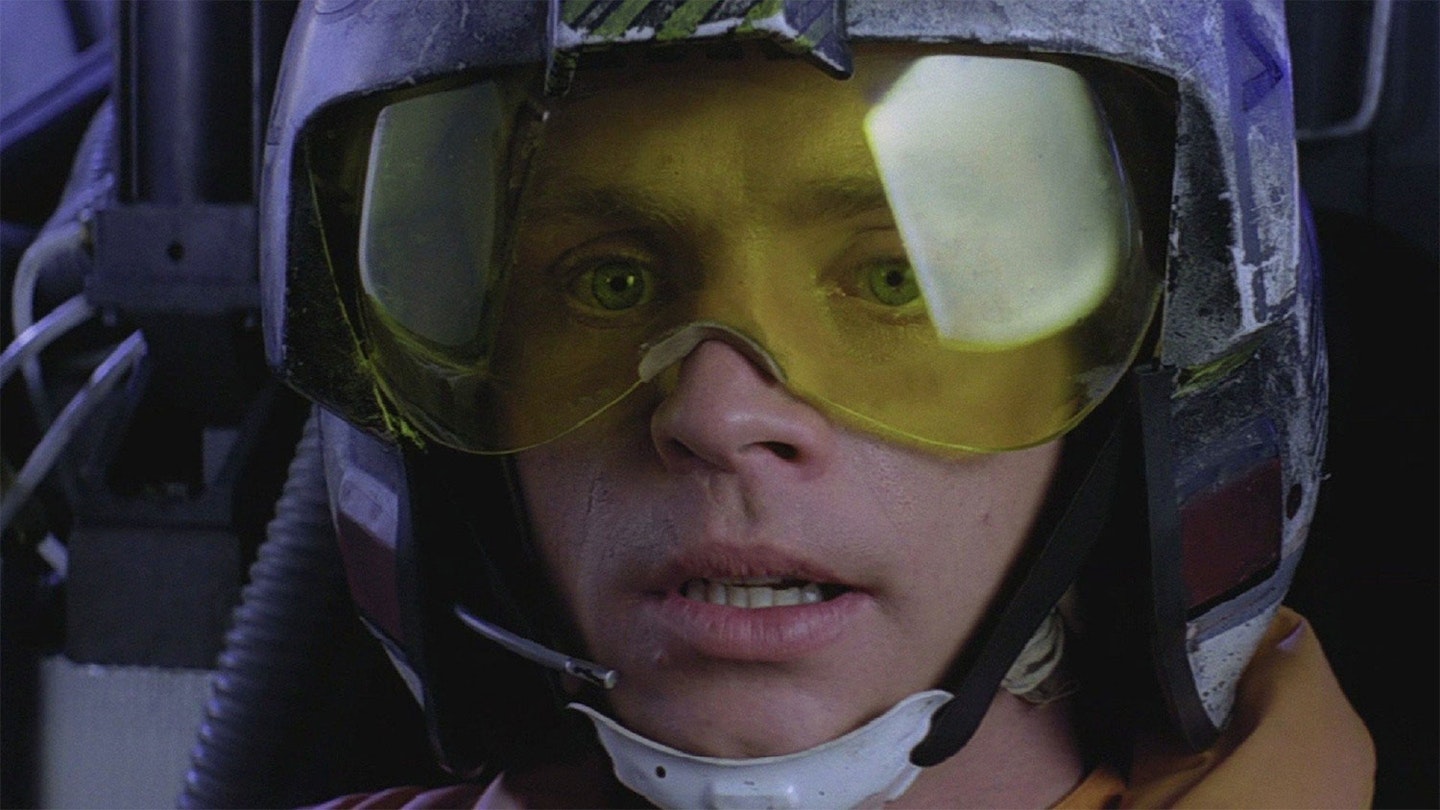A standalone blockbuster is becoming almost as rare a beast as the adult-focused thriller, or the mid-budget drama. Nowadays, studios are focusing on franchises, interlinked releases and cinematic universes; if you can’t at least spin a scenario where your big expensive film has “sequel potential”, you will need to talk extremely fast to get it made at all. One interesting consequence is that filmmaking seems to be becoming a more collaborative affair. This new wave is the biggest challenge yet to the auteur theory of filmmaking, because it looks suspiciously like the brain trust approach is Hollywood’s new favourite method of moviemaking.
What is a brain trust? For those few of you who don’t know, it’s the nickname given to the Pixar approach where a team of directors, editors, storyboard artists and general geniuses get together to shepherd their films through production. Unfinished films are assembled by their director in rough form and screened for the group several times a year, with feedback given on what works, what could work better and what isn’t working at all. It’s a fascinating process: senior members of Pixar’s group sometimes complain that it’s mythologised too much, that a director’s vision is still paramount, but Pixar history shows that a director defies the trust at his or her peril, with the studio frequently replacing those who weren’t willing to fix a film that the group mind thought wasn’t working (for example, Brenda Chapman and Brave; Jan Pinkava and Ratatouille). And it’s a model that’s spreading across Hollywood.
John Lasseter always goes by the phrase, 'Best idea in the room wins!' and that's pretty amazing.
The idea has been taken up, in a less formal fashion, by Marvel’s Cinematic Universe. Led by Kevin Feige and his producing cohorts Louis d’Esposito and Jeremy Latcham, but involving the Marvel directors too, there’s a sense that someone’s standing behind the directors keeping the larger plans, developed across the years by Feige and his team, on course. Joss Whedon talked about a collegial feeling among the Marvel filmmakers even before Marvel described him as part of their brain trust; recently, on Thor: The Dark World Alan Taylor openly said he was overruled on a couple of things (notably his choice of composer) when putting his film together. Whedon has had to consult with Marvel’s stage two directors ahead of Avengers: Age Of Ultron, simply to coordinate where everyone will be as his second team-up begins, while the makers of TV show Agents Of SHIELD found their world rocked by the events of Captain America: The Winter Soldier. This approach is spreading further at Disney. The company’s Lucasfilm arm, led by Kathleen Kennedy, is planning a new Star Wars trilogy interspersed with standalone films. But even “stand-alone” films need to coordinate with the main thread to at least a sufficient degree to ensure that no-one has the same bright idea for a big bad or climactic fight, or uses any existing characters in contradictory ways, or establishes anything that might have a knock-on effect not considered elsewhere (“Wait, so now Wookiees are made of Midichlorians?”). In order to build their films, Gareth Edwards and Josh Trank have to know what J.J. Abrams is doing on Episode VII, and of course logically Rian Johnson can’t start work on Episode VIII and Episode IX until he knows how Abrams is leaving things, as well as being at least somewhat aware of Edwards’ and Trank’s plans. Chances are that at least one person will learn something that doesn’t fit with their own plans, and negotiation will follow.

Josh Trank (top right) and Gareth Edwards (bottom right) are helming the Star Wars spin-off films. Rian Johnson (left) has officially signed on to direct Star Wars Episode VIII and write a treatment for Episode IX. To really play in the same universe, information and cooperation have to evolve into consultation and discussion. Abrams might leave the franchise once he relaunches it, but the three young directors coming in behind, all sharing similar indie backgrounds, seem like the kind of guys who might work together to at least some degree. When does cooperation, and a sharing of story plans, shade into something more actively constructive? Meanwhile Kennedy herself, and writers like Simon Kinberg (Star Wars Rebels and reportedly one of the standalone projects) and Lawrence Kasdan (Episode VII and reportedly another standalone film) are all at work on different parts of the franchise. These people are likely to be involved to an extent in all the films, beyond the degree one might expect of a normal writer or producer, because they all see a duty to the wider franchise beyond the individual film.
It’s not just Disney’s many universes where this is happening. Avi Arad and Matt Tolmach oversee a burgeoning stable of Spider-films over at Sony, with the main Amazing Spider-Man thread soon to be surrounded by spin-offs planned to focus on bad guys Venom and The Sinister Six. When Amazing Spider-Man 2 director Marc Webb visited the podcastto talk spoilers, he spoke about the teams behind all three getting together to thrash out their plans, and that will surely continue as the design stages and detailed scripting begins. Of course, sequel directors have always arrived to find certain elements of their story in place (perhaps a love interest has already been introduced, or a bad guy’s look designed) but now the sequel directors are being appointed before the first film has even arrived.
To address the obvious complaint, yes, this does go beyond the usual producing role. The likes of Arad or Feige in the past might have speculated about sequels, might have kicked spin-off ideas about, but only in recent years has it become the norm to have a three- or four- (or more) film game-plan before you launch your first film. Samuel L. Jackson signing up for nine Marvel films occasioned widespread disbelief a few years back; now, it seems like something close to normal. And he’s reaching the end of his commitment.
To really play in the same Star Wars universe, information and cooperation have to evolve into consultation and discussion.
The real test of how far and fast the collectivist approach is spreading might be Warner Bros.. The studio is not immune to the advantages of a brain trust: they already have one for their animated output that includes comedy mavens Phil Lord and Chris Miller (Cloudy With A Chance of Meatballs, The Lego Movie), John Requa and Glenn Ficarra (Crazy, Stupid, Love), Nicholas Stoller (The Muppets), and Jared Stern (The Princess And The Frog, The Lego Movie 2).But now, if reports are to be believed, Warners is planning a huge run of DC titles between May 2016 and May 2018, from Batman V. Superman: Dawn Of Justice to Man Of Steel 2, via a Justice League movie, Shazam, Wonder Woman and a Flash / Green Lantern team-up (Joseph Gordon-Levitt’s Sandman will almost certainly stand outside this group). There’s no word yet on whether these will also take in TV’s successful Green Arrow or its just-launched Flash, but neither would be surprising. There’s simply no way to make so many interconnected characters work without some over-arching control on top. The reason that Zack Snyder’s Man Of Steel follow-up is taking so long and was pushed back so far was to allow the team to craft this whole lot together: they have to make sure that Dawn Of Justice really can set the stage for a Justice League, which means breaking the stories for three or four films at once before you start on number one. So David S. Goyer, who already shaped the Dark Knight trilogy with Christopher Nolan and Man Of Steel with Snyder, becomes a godfather to the whole JLA – but he will do so in collaboration with, one suspects, a group of directors and other screenwriters.
Whether this is all a good thing or not remains very much in question. Marvel’s grand scheme has worked, so far: we can quibble about the degree of success with, say, The Incredible Hulk or the fast-improving Agents of SHIELD, but there’s no questioning the success of Avengers or the ballsiness of its ambition. Pixar had a run of critical and commercial success unparalleled in the modern age thanks to its brain trust quality control.
And that’s not the only question. Should every film be a franchise? Need every story launch a universe? Of course not. We’re fast approaching the point where films are so complicated that newcomers will be unable to join a story already started; with X-Men: Days Of Future Past, in fact, we have arguably already passed it. Filmmakers can’t rely on every viewer having seen, for example, every previous Marvel film plus Agents of SHIELD and so have to build stories that work for absolute newcomers but also on a completely different level for those familiar with the universe. Marvel has more-or-less succeeded in walking that line to date; can it continue as its universe expands out to the stars with Guardians Of The Galaxy and into a magical direction with Doctor Strange? Perhaps a cinematic universe is a more interesting proposition than an endless series of sequels and reboots (it certainly garners, to date, a better reaction from fans) but beyond a few experimental cases (the MCU is a fascinating and bold experiment that we should absolutely play out) it’s not nearly as attractive as a slew of original, inventive films. It certainly shouldn’t be the only game in town; if it seems that way we’re doing something wrong.

The reason that Zack Snyder’s Man Of Steel follow-up is taking so long is to allow the team to set the stage for a Justice League.
So can DC follow Marvel’s example, and launch so many JLA related films in two years without causing the much-talked about, albeit little demonstrated, superhero fatigue? Sure, if the films work on their own and each have a distinct feel. And that’s where a brain trust comes in. There’s a limit to the responsibility that can be placed on the shoulders of one writer, one director, and probably a limit to the fresh thinking they can bring to every new film about the same characters. If you stack your team with wild talent, you give yourself exponentially more chances to beat the odds, to find a structure that works for not just one story but several, across many films and perhaps many genres.Ironically, the biggest threat to these meta-franchises comes from the very studios where they are based. The first real signs of trouble for Marvel’s model emerged with Edgar Wright’s departure from Ant-Man, with rumours that studio bosses overruled Marvel and Wright’s urges to push the envelope a little in favour of something more familiar and perhaps more bland. At Pixar, too, a preponderance of sequels suggests a slight fear of innovation that was anathema to the studio before. Pixar’s motto used to be "Fail early; fail often"; now the stakes are too high for failure to be an option, and perversely that may guarantee a greater failure of vision. Inside Out is a promising sign that the studio is still swinging for the fences - but do we have to have a one-for-them, one-for-us model to allow for such innovation?
Arguably, in the modern era, no brain trust left alone has produced a really bad film. There have been relative failures (Cars; maybe The Incredible Hulk) but no out-and-out stinkers. If we are set on making these giant, interlocking sagas, we’re going to need a few megaminds to make it happen, but as is the case when hiring individual geniuses, we’re also going to need studio bosses willing to get the heck out of their way. Hollywood needs to be smart, and willing to take risks, from the top down, or all the brains in the world won’t be able to deliver exciting movies that the whole world turns out to see.
